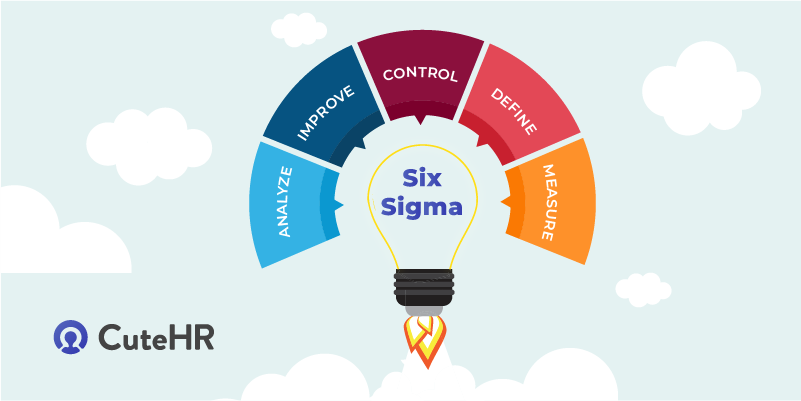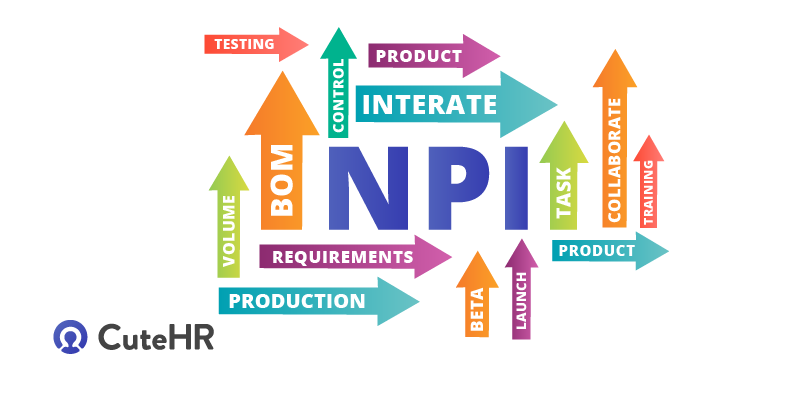05 Apr

Project management is a science of managing projects. Project management methodologies are designed systems that can transform a mountain of disorganizing tasks into a perfect melody of order with amazing results.
There are various project management methodologies and Selecting the right project methodology is imperative if a project manager wants to get the job right.
Organizations can highly benefit when they use a recognized project management methodology. Organizations, therefore, depends on a wide range of project management methodologies. The different project management methodologies include a wide range of list which covers traditional, modern, process-based, hybrid, and others. The key to a perfect project is, therefore, finding the best project management methodology that fits best.
Below are some of the most widely used project methodologies
Table of Contents
15 Most Popular Project Management Methodologies
1. The Agile Workflows:

Agile is one of the most commonly used project management methodologies. This methodology has its roots in software development.
It involves breaking down projects into
- Short delivery cycles,
- iterations, or
- sprints.
The repetitions can be assigned to different teams and are worked on, one at a time while continually receiving a flow of results.
- Agile managers identify priorities or goals instead of creating specifications for end products at the beginning of a task.
- So agile teams work in short “sprints” or burst of work.
- Each of the groups working on their series of small, fast projects provides a constant flow of feedback. In-house teams mostly use this method.
Agile emphasizes adaptability to changing situations and ongoing collaboration both within the project members and project stakeholders. This method increases the responsiveness of organizations to the demands of their customers.
2. SCRUM:
This project management methodology is a derivative of the Agile method. It is the method used widely in software development. This project methodology is a frequentative style which works in the style as follows:
- It is made up of various “sprints” that mostly lasts for 30 days.
- These sprints are formed mostly into smaller chunks out of those 30 days target.
- The sprints are governed by a scrum master who keeps a check on team communications.
- The product owner in the scrum gives the team a consistent vision of their initial goal: to meet customer needs
Using this method prioritize several tasks and ensures accomplishment within the specified time. A scrum master monitors and keeps the project of a team on track with the product owner and a highly productive goal is archived. The roles of the manager in this project management method are considered very important.
3. WATERFALL:

Invented by Winston W. Royce. Of all the project management methodologies, this is one of the most traditional methods. This method works in a sequence of completion of one task by a team member before the next job can be carried out. There is a sequence of task completion that all members are required to follow. Another way of describing this method is that it is a linear sequential design approach where progress flows downwards in one direction, basically like a waterfall.
The main components of a waterfall project management methodologies includes:
- Consumer requirement specifications.
- Getting right on concept, planning, and designing.
- Coding and infra development to create a physical product.
- System integrations.
- Testing and Debugging.
- Installation of the product.
- And finally the maintenance check.
This method lacks adaptability and flexibility in design changes in the earlier stage of the development process. This method is best suited for a large project that requires maintaining strict steps and deadlines.
4. SIX SIGMA:

Engineers first introduced this project management method at Motorola in 1986. This method works based on reducing errors in a task; by identifying things not working and eliminating them. This method aims to improve quality.
Six Sigma consist of two significant methodologies. It includes the DMAIC used for improving business process and DMADV used for creating new processes, products or services
The acronym DMAIC has its letters which stand for
D– define the problem and project goals.
M– measure in detail the various aspects of the current process.
A– analyze data to, among other things, find the root defects in a process
I– improve the process
C– control the accomplishment of the process in the future
The acronym DMADV which stands for:
D-define the project goals
M-measure critical components of the process and the product capabilities
A-analyze the data and develop various designs for the operation, eventually picking the best one
V-verify the plan by running simulations and pilot program, and then handing over the process to the client.
This methodology is best suited for larger organizations that want to improve quality and efficiency.
5. LEAN:
It is a production methodology that works on eliminating or cutting out waste while not interfering with overall efficiency. Lean focuses on working smarter rather than harder. It increases productivity by identifying things that need getting rid of to become more productive
Lean is based primarily on three M’s. which are Muda, Mura, and Muri
- Muda: it refers to the process of eliminating things that do not add any value to the project.
- Mura: this method involves eliminating any variations that might result in any inconsistency in a project
- Muri: it merely refers to any unnecessary pressure or stress to employees
6. PROGRAM EVALUATION AND REVIEW TECHNIQUE (PERT):
PERT work hand in hand with the interdependent project management methodology. PERT requires a project manager to differentiate between events, then measure the progress of various activities and tasks being completed. This methodology is best suited to businesses that plan to expand in the immediate future.
7. KANBAN:
Kanban follows the framework of the Agile project management methodology and is similar to Scrum. It follows the early release of results and accomplishments of short tasks. The production line of Toyota factories in the 1940s discovered this methodology. The word ‘Kanban means a visual system of card.
It emphasizes visualization of the workflow by using visual cues that signal various stage of the development process. Kanban aims to increase efficiency as well as deliver high-quality results.
Kanban fits for a task with smaller teams who need a flexible approach to deliver a product or service.
8. CRYSTAL:
This methodology focuses on communication between teams., therefore, depended on skills and also highlights interactions between team members. This project management methodology lowers the emphasis on tasks and project processes.
This method is best suited to business with lots of creative talents.
9. CRISTAL PATH:
This project management methodology is a mathematically-based algorithm. It merely builds upon the PERT methodology. This method usually follows in three steps, which include:
- Determining the list of activities.
- Setting the dependencies between activities.
- Estimating how much time each activity will take.
After going through these three steps, it is easy to determine the shortest path to completing a task. This method also eliminates activities that might delay a project.
10. PROJECT MANAGEMENT INSTITUTE (PMI):
PMI is best suited for cumbersome projects with strict budgets and limited allocation. This method emphasizes planning, and it breaks down the project into five stages:
- Conception and initiation
- Planning
- Execution
- Monitoring and controlling
- Closing
The arrangement of the five steps is in an organized sequence similar to the waterfall method, which means the completion of one level before moving on to the next step. PMI has proven to work on several large scale projects.
11. PRINCE2- PROJECTS IN CONTROLLED ENVIRONMENT:
This project management methodology is made up of principles and processes. It is a process-based methodology. The UK government created PRINCE2 in 1996.
In this method, a project is broken down into several stages. Each is having its own set of plans and process to follow.
This project management methodology gives greater control of resources and the ability to minimize risk to each teams managing each part of the project.
12. EXTREME PROJECT MANAGEMENT (XPM):
This methodology accepts change and altering project plans, requirements, resources, budgets, and the final result to meet changing needs. XPM emphasizes adaptability, and it features five basic tenets:
- Communication
- Simplicity
- Feedback
- Respect
- Courage
XPM is also similar to Scrum in that teams work in shorter sprints which allow them to maintain rigid task structures.
13. NEW PRODUCT INTRODUCTION (NPI):

This project management methodology allows businesses to focus on specific steps of a project. This method is best fitted to product-oriented teams. The reason is that NPI managers shepherds in single products through their entire development process. These managers create groups from different sectors of an organization involved in creating a new product. The managers then guide and shape a product to its launch.
14. OUTCOME MAPPING:
Outcome mapping is a project management methodology that is widely used by many charitable organizations which use their donations as grants for developing countries. The International Development Research Center (IDRC) developed this project management methodology. Using this method, charities can determine the effects of their efforts on secondary beneficiaries. It enables them to take care to ensure that recipients of large grants create benefits for large groups of people.
Outcome mapping works best for groups that contribute to others instead of creating products and services.
15. ADAPTIVE:
This project management methodology involves making the product adaptive to any necessary change. The cost and time required to complete the project remain the same, but the scope of the project might change. This adaptive change is usually done to get the maximum value out of a project.
Conclusion
In conclusion, the precise execution of a project increases the chances of its success. For correct implementation, there are already many project management methodologies available for project managers. However, in case you’re confronted with which method is best for your project. The first step to answering this question is to check the available options we’ve listed above and check which is at your disposal.












Snehil Prakash